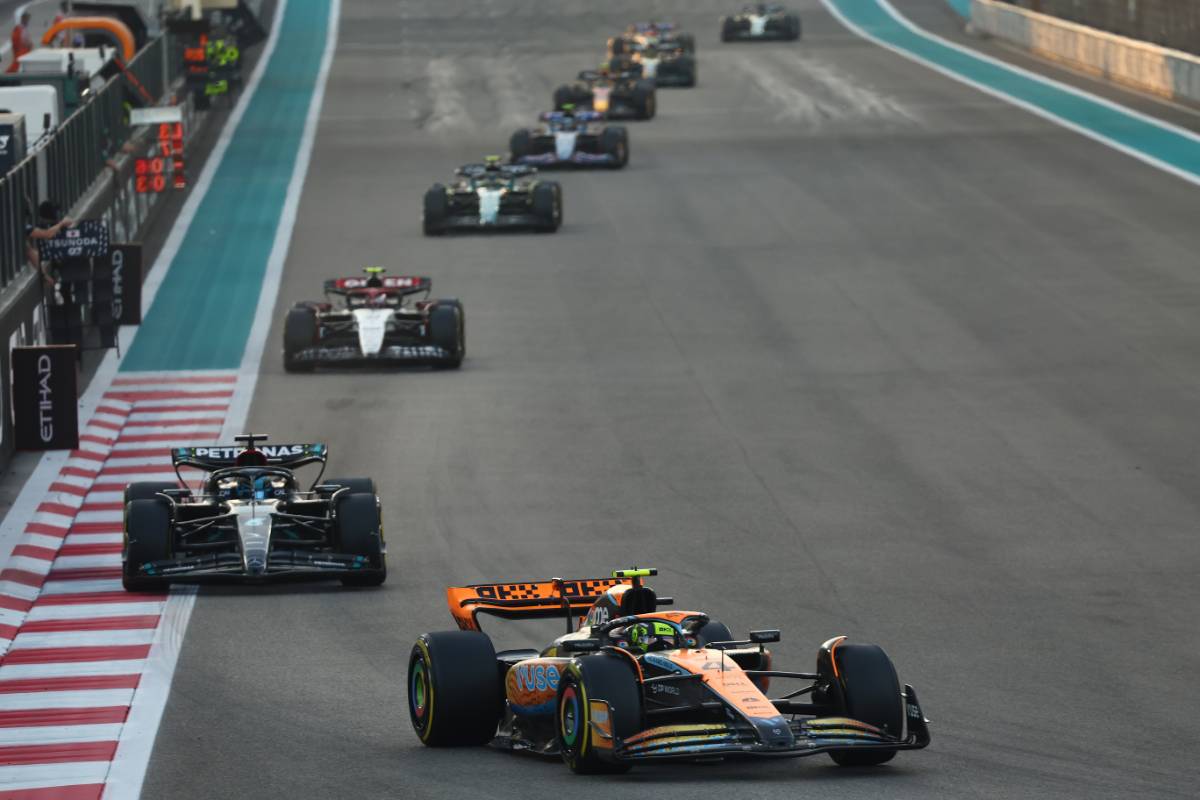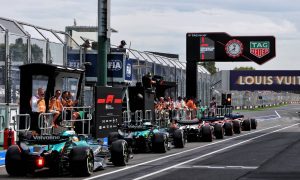
Nikolas Tombazis, the director of the FIA’s single seater department, admits that F1 teams’ exploitation of loopholes in the sport’s technical rules negatively impacted the on-track show this season.
Formula 1’s technical regulation overhaul at the start of 2022 reintroduced into the concept of ground effects, where a car's downforce is mainly generated by its underbody and floor.
The approach was largely successful in fulfilling F1's aim of making a car easier to follow by significantly reducing the turmoil of dirty air in its wake, and thus improving overtaking opportunities.
But gradually, aerodynamic development has led to an increase of a car's outwash, or the volume of air that comes off the trailing edge of the front wing and that is channeled outward, which directly impacts the swirl of air at the rear of a car.
The consequence is that drivers are once again struggling to follow each other closely, which inevitably reduces overtaking opportunities.
“Close following, let’s say the wake, has definitely got a bit worse this year,” acknowledged Nikolas Tombazis, quoted by Speedcafe.
“We knew it would deteriorate a bit when people developed a bit more.

“There were a few particular areas of the car where some loopholes we didn’t manage to close soon enough,” he added.
“For example, the front wing end plate area was one of them, some of them wheel furniture area, brake ducts and stuff on the inside of the front wheel, these areas made the wake a bit worse.
“And I think we’ve learned a bit how to do it next time around but overall, the wake did get a bit worse compared to 2022 – still a reasonable amount better than 2021, but there has been a bit of a deterioration in terms of closeness.”
Tombazis says the teams exploitation of the loophole, which led to the increased turmoil of dirty air, was a contributing factor this season to the widespread issue of tyre degradation.
The latter has been well chronicled in 2023 and was pinpointed as the main cause of Ferrari’s struggles in the first part of its campaign.

Tombazis explained that the wake created by a car is essentially slow-moving air, which not only reduces downforce for the following car but also hampers cooling.
This combination makes it more challenging to follow closely as the car has less grip and a tendency to overheat its tyres.
While there are no plans for F1 and the FIA to intervene before the introduction of the sport’s next regulation cycle in 2026, Tombazis is confident that the wake effect will not get worse in the near future, meaning there should be no significant decrease in the ability of cars to follow each other closely.
“I don’t think it’s going to get much worse for next year because I don’t think there’s any other loopholes to scrape though – the front wing area, and so on,” he asserted.
“I expect it’s going to stay very similar. I also don’t think it’s got worse during the year, I think it was just this year versus last year.”
Keep up to date with all the F1 news via Facebook and Twitter






